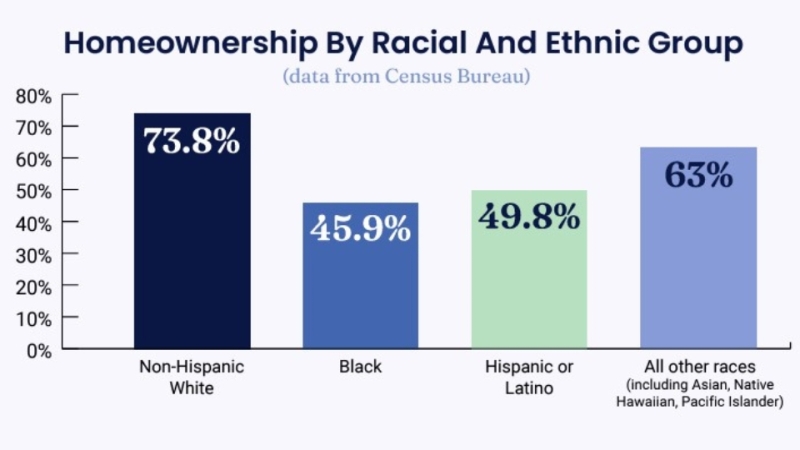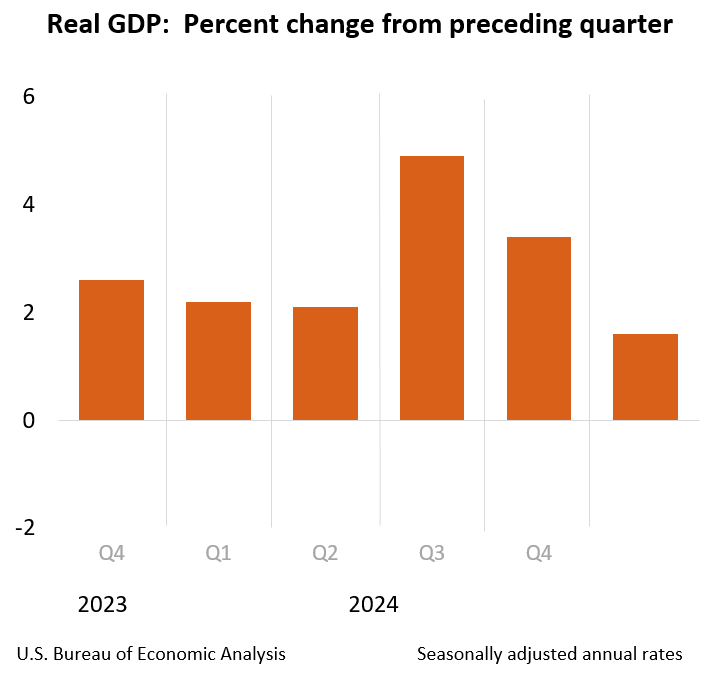Advertisement
National Median Price Hits $174,500 in July, Up Six Percent Over Last Year

RealtyTrac has released its July 2013 U.S. Residential & Foreclosure Sales Report, which shows that U.S. residential properties sold at an estimated annualized pace of 5.5 million in July 2013, up four percent from the previous month and up 11 percent from a year ago—the biggest annual increase in sales volume so far this year. While sales volume continued to increase nationwide, eight states posted annual decreases in total sales, including California (down 17 percent), Arizona (down 11 percent), Nevada (down seven percent), and Georgia (down two percent). Those four states also posted the four biggest annual increases in median home prices in July: California (up 31 percent); Nevada (up 27 percent); Arizona (up 21 percent); and Georgia (up 20 percent).
The national median sales price was $174,500 in July, up four percent from the previous month and up six percent from a year ago—the 16th consecutive month where median home prices nationwide have increased annually after bottoming in March 2012. The median price of a distressed sale—in foreclosure or bank owned—was $120,000, up one percent from the previous month but down one percent from a year ago and 37 percent below the median sales price of a non-distressed residential property.
“Low inventory of homes available for sale is proving to be a double-edged sword in many local housing markets that have bounced back quickly from the real estate slump,” said Daren Blomquist, vice president at RealtyTrac. “Home prices are accelerating rapidly in these markets thanks to the combination of low supply and strong demand. However, counter to the national trend, sales volume in these markets is down even as the percentage of cash sales rises, indicating there is still strong demand but that buyers who need financing to purchase are increasingly left out in the cold. The recent uptick in interest rates could also be contributing to a higher percentage of cash purchases as some non-cash buyers can no longer afford to buy, particularly in high-priced markets."
Other high-level findings from the report:
►All-cash purchases nationwide accounted for 40 percent of all sales of residential property in July, up from 35 percent of all sales in June and up from 31 percent of all sales in July 2012. Among the nation’s 20 largest metro areas, those with the biggest month-over-month jumps in cash sales share were Dallas (up 82 percent), St. Louis (up 66 percent), Los Angeles (up 32 percent), Riverside-San Bernardino in Southern California (up 26 percent), Seattle (up 21 percent), and Phoenix (up 21 percent).
►Short sales (where the sale price is below the combined total of outstanding mortgages secured by the property) accounted for 14 percent of all residential sales in July, up from 13 percent in June and up from 9 percent in July 2012. States with the highest percentage of short sales in July included Nevada (35 percent), Florida (30 percent), Maryland (20 percent), Washington (19 percent), and Tennessee (19 percent).
►Institutional investor purchases (sales to non-lending entities that purchased at least 10 properties in the last 12 months) accounted for nine percent of all residential sales in July, the same percentage as in the previous month and also the same percentage as in July 2012. Metro areas with the highest percentage of institutional investor purchases included Atlanta (25 percent), Tampa (22 percent), Palm Bay, Fla., (20 percent), Greenville, S.C. (19 percent), and Charlotte, N.C. (19 percent).
►Sales of bank-owned properties (REO) accounted for nine percent of all residential sales in July, also the same percentage as the previous month and a year ago. Metro areas with the highest percentages of REO sales included Detroit (26 percent), Modesto, Calif. (25 percent), Stockton, Calif., (24 percent), Las Vegas (24 percent), and Cleveland (20 percent).
►Among 20 of the nation’s largest metro areas with annual sales estimates tracked in the report, the biggest year-over-year decreases in sales volume were in San Francisco (down 20 percent), Los Angeles (down 20 percent), San Diego (down 19 percent), Riverside-San Bernardino (down 14 percent), Phoenix (down 13 percent), and Atlanta (down 8 percent).
►Among 20 of the nation’s largest metro areas with annual sales estimates tracked in the report, the biggest year-over-year increases in sales volume were in Chicago (up 27 percent), Minneapolis (up 23 percent), Baltimore (up 21 percent), Boston (up 20 percent), and Philadelphia (up 20 percent).
►Major metro areas where median residential property prices increased 20 percent or more from a year ago in July included Los Angeles (up 29 percent), Atlanta (up 24 percent), San Francisco (up 35 percent), Riverside-San Bernardino (up 26 percent), and Phoenix (up 25 percent).
About the author





